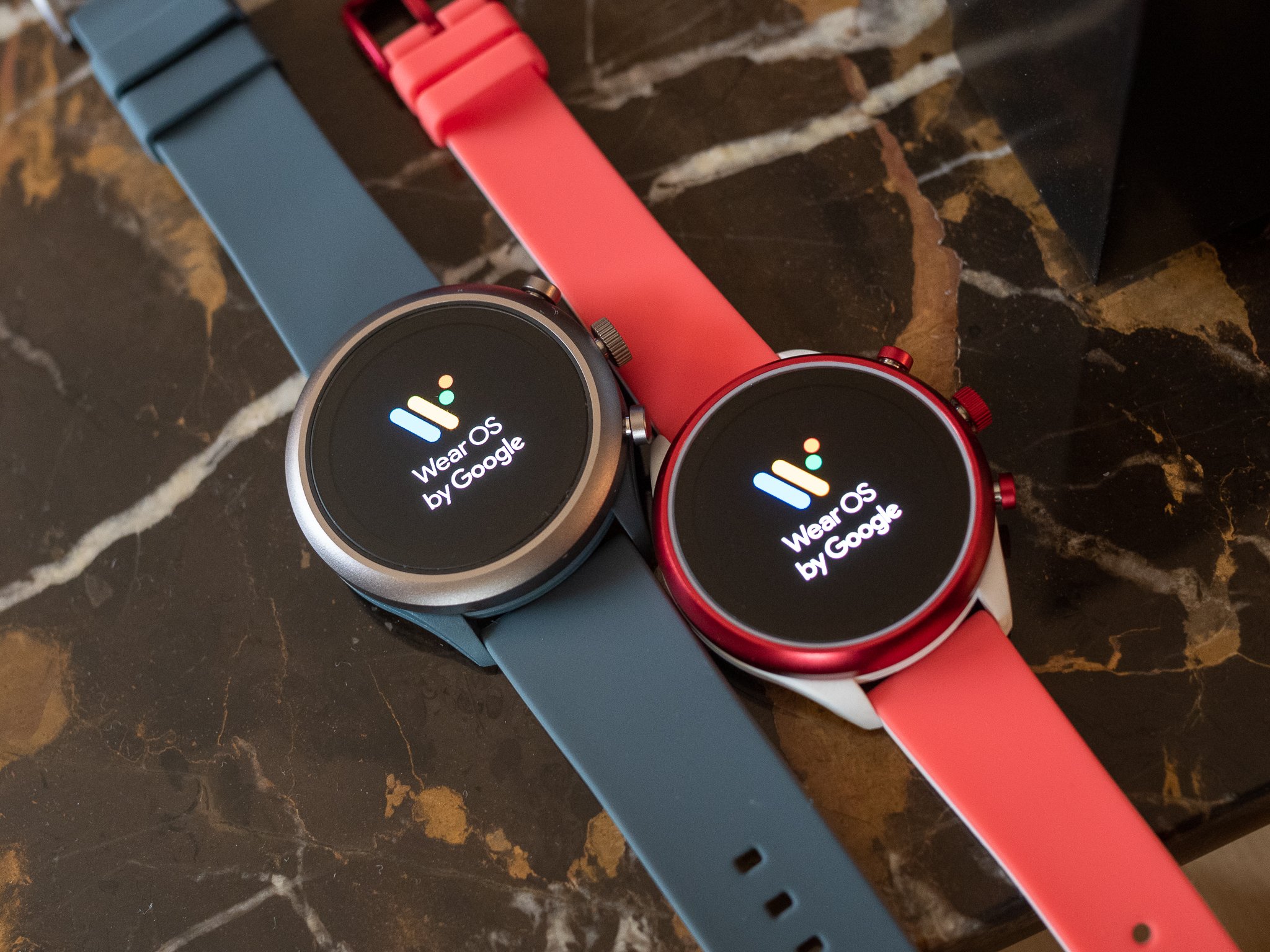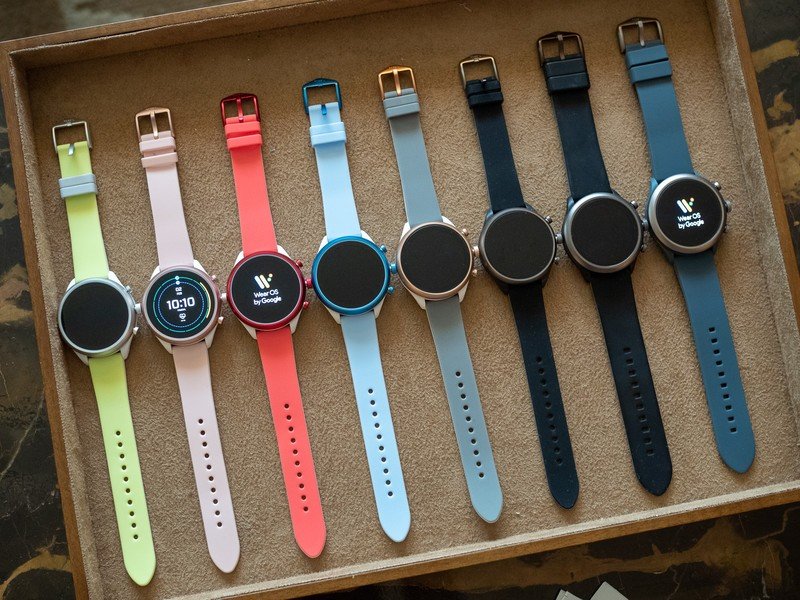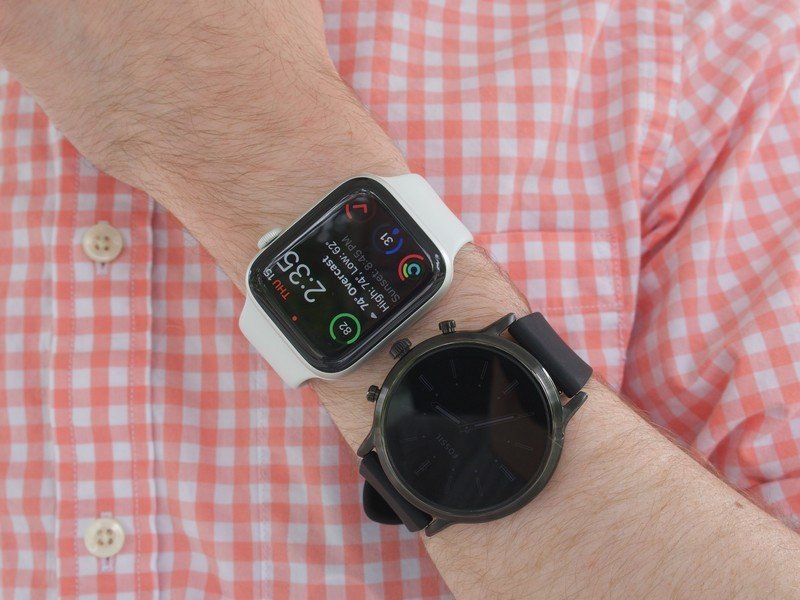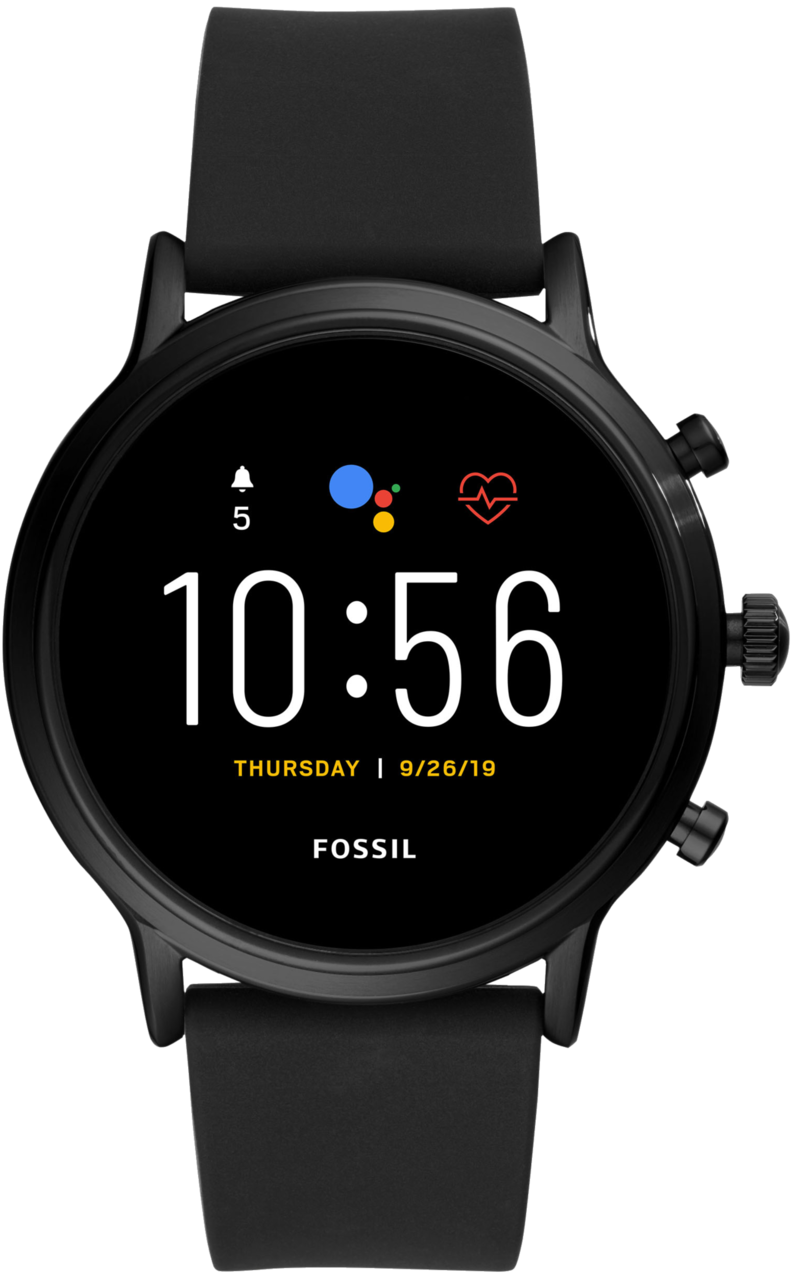Wear OS could be amazing if Google and Qualcomm took it seriously

Few things in this industry make me as perplexed as Wear OS. At its core, it should be a runaway success. A smartwatch that has good integration with Android, Google Assistant built-in, and great app support? Sign me up. Everything about that sounds incredible, and in theory, it is.
However, year after year, Wear OS continues to fall by the wayside. The smartwatch market as a whole is growing, with North America on its own seeing a 40% jump in sales during Q2 2019 for a market value of $2 billion. There's a lot of money to be made here, and while companies like Apple and Samsung are soaring, Wear OS has virtually no market share.
If Wear OS has such a solid foundation, why is no one buying? In my eyes, the answer is pretty simple — Google and Qualcomm have no intention of taking it seriously.
During the early days of Wear OS (formerly Android Wear), things were exciting. Companies like LG, Samsung, Motorola, and Huawei were releasing lots of interesting hardware, Google seemed eager to promote the platform, and there was genuine momentum that kept pushing everything forward.
Unfortunately, that renaissance didn't last very long. Samsung stepped out of the Android Wear game to focus on its Tizen platform, LG's highly-anticipated Watch Style and Watch Sport were flops, and Qualcomm decided to take an over two-year hiatus from creating any new silicon for smartwatches. Add that together with various UI changes for Android Wear, an assortment of bugs that have crept up and not been fixed, and a big rebrand that didn't really go anywhere, and we're left with smaller brands trying to pick up the pieces and make the best of a bad situation.
The glory days of Wear OS are long gone.
I've been thinking about this for a while, but this idea really struck a chord with me recently while using the new Fossil Gen 5 Smartwatch. Fossil is the most successful company creating Wear OS watches in 2019, and the Gen 5 is its best one yet, especially in one area that's usually a downside for Wear OS — performance.
The Gen 5 is the first Wear OS watch I've used that ships with 1GB of RAM. To put things in perspective, most others use around 500MB or 512MB. Wear OS shouldn't need that much RAM to perform well, but it does.
Be an expert in 5 minutes
Get the latest news from Android Central, your trusted companion in the world of Android
Qualcomm's Snapdragon Wear 3100 processor that was launched in the second half of 2018 was anticipated to give Wear OS the performance boost it so desperately needed, but we didn't see anything of the like. In fact, it had essentially the same horsepower as the Wear 2100 from 2016. In real-world use, this translates to sluggish performance and choppy animations. The extra RAM in the Fossil Gen 5 does a surprisingly good job at remedying some of these pain points, but even on the best-performing Wear OS watch on the market, I still run into slow app loading times and occasional freezes.

Call me crazy, but I have the slightest inkling that a CPU that hasn't really been upgraded since 2016 isn't helping out all that much.
That's not to mention how badly the 3100 failed in the one area it was supposed to breathe new life into Wear OS — battery life. Qualcomm made bold claims about how much good the Wear 3100 would do for battery endurance on Wear OS, but after using multiple watches with the processor, we've found that battery life is virtually unchanged from the Wear 2100. In other words, you're more than likely going to put most Wear OS watches on the charger every single night. In 2019, that's unacceptable.
These complaints have been made vocal throughout the wearable community, and in response, Google's been mostly radio silent. The last significant upgrade Wear OS as a platform saw was the introduction of Tiles this past May, and while these are a nice addition to the operating system, they do nothing to address the piss poor performance or short-lived battery life.
The Wear 3100 was supposed to be Wear OS's saving grace.
While poor CPUs don't help Wear OS out in these regards, there's also some blame to be put on Google for Wear OS's general sluggishness and bugs that are present on virtually every watch.
Google's given Wear OS a fresh coat of paint here and there to make it more intuitive, and while these updates have been greatly appreciated, I'd much rather see Google take some time to really optimize Wear OS to not run like molasses on just about every smartwatch that's released. Compared to the performance you can get on the Apple Watch or Samsung's Galaxy Watch lineup, it's frankly quite embarrassing.
Lastly, and even worse for Wear OS's public image, the platform has an awful identity crisis:
- Google doesn't actively promote Wear OS
- Wear OS is only supported by smaller, lesser-known companies
Google's smartwatch platform used to be put on watches created by the likes of Samsung and Motorola, but these days, it's kept alive by Fossil and Mobvoi. Both Fossil and Mobvoi are excellent companies and have created some great Wear OS hardware, but their brand-awareness isn't nearly on the same level compared to those big tech giants. If someone's at their local Best Buy and looking for a new smartwatch, there's a good chance they know and trust Samsung but haven't heard of Fossil before. For some people, that level of awareness (or lack thereof) is reason enough to purchase or skip over something.

Similarly, there's also the fact that Google can't be bothered to create a Wear OS watch of its own. I'm not sure at this point if a Pixel Watch would be enough of a catalyst to revitalize Wear OS, but not even trying sure isn't doing Google any favors. If anything, it drives home the point that Google probably couldn't care less about Wear OS.
With all of that being the case, where does Wear OS go from here? A good start would be new silicone, a complete reworking of the OS to eliminate bugs and optimize performance, and for Google to at least try its hand at a Pixel Watch to see how the market reacts.
If we can get those core issues straightened out, we'll be left with a version of Wear OS that has a fighting chance of being something great again. Until then, the potential of Google's smartwatch platform will continue to be wasted. And that's not good for anyone.
Fossil Gen 5 Smartwatch review: Wear OS at its finest

A sleek, stylish, and feature-packed watch.
If you want a Wear OS watch right now, the Fossil Gen 5 stands out as something special. It has a classic design, surprisingly great performance, and a host of features such as NFC, GPS, and even an external speaker. It's a little pricy, but you're getting a lot for your money.
Joe Maring was a Senior Editor for Android Central between 2017 and 2021. You can reach him on Twitter at @JoeMaring1.

